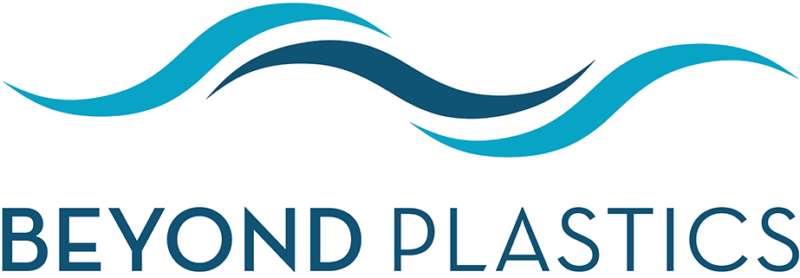"Let's not grasp at fanciful notions when there's so much serious environmental work to be done."
Dear Governor Hochul,
I’m writing to urge you to veto Assembly Bill 2591A, the Low Embodied Carbon Concrete Leadership Act. Recently I participated in a call with you sponsored by Indivisible groups. I was struck by your sincerity when speaking about your growing up and seeing the orange sky, made so by nearby smokestacks.
In Albany County, we face the threat of air pollution from the Lafarge cement plant in Coeymans. The bill you have before you to sign or veto would open the door to allowing plants like Lafarge to produce toxic air and ground pollution. 2591-A looks good at first glance, but its skeletal language would permit toxic waste incineration and/or toxic waste to be used in concrete mixtures.
In a recent OpEd in the Albany Times Union regarding LECCLA, the Lafarge plant manager referred to “green cement”. This characterization belongs in the same category as “clean coal”. Let’s not grasp at fanciful notions when there’s so much serious environmental work to be done.
The condescending language of the pro-LECCLA lobby in dismissing reasonable concerns as “misunderstandings by some environmental groups”, is not helpful. NYPRIG, Food and Water Watch, the Albany County Legislature, even the Association of General Contractors of NY, along with dozens of other respected groups, are unlikely to all misunderstand the problems with LECCLA. We need an open, clear-eyed discussion before enacting this bill into law.
Let’s tighten up this bill and explicitly prohibit incinerating toxic materials and/or adding toxic substances to the concrete mixture. Please be the good steward of our air that your own life experience dictates.
With thanks,
Fran Porter Guilderland
This letter from CAC member Fran Porter was sent to Governor Hochul on Wed, 12/15/21



 We know we can get Rep.Tonko to join his NY colleagues and take bold action on plastic pollution, but we need your help!
We know we can get Rep.Tonko to join his NY colleagues and take bold action on plastic pollution, but we need your help! 
